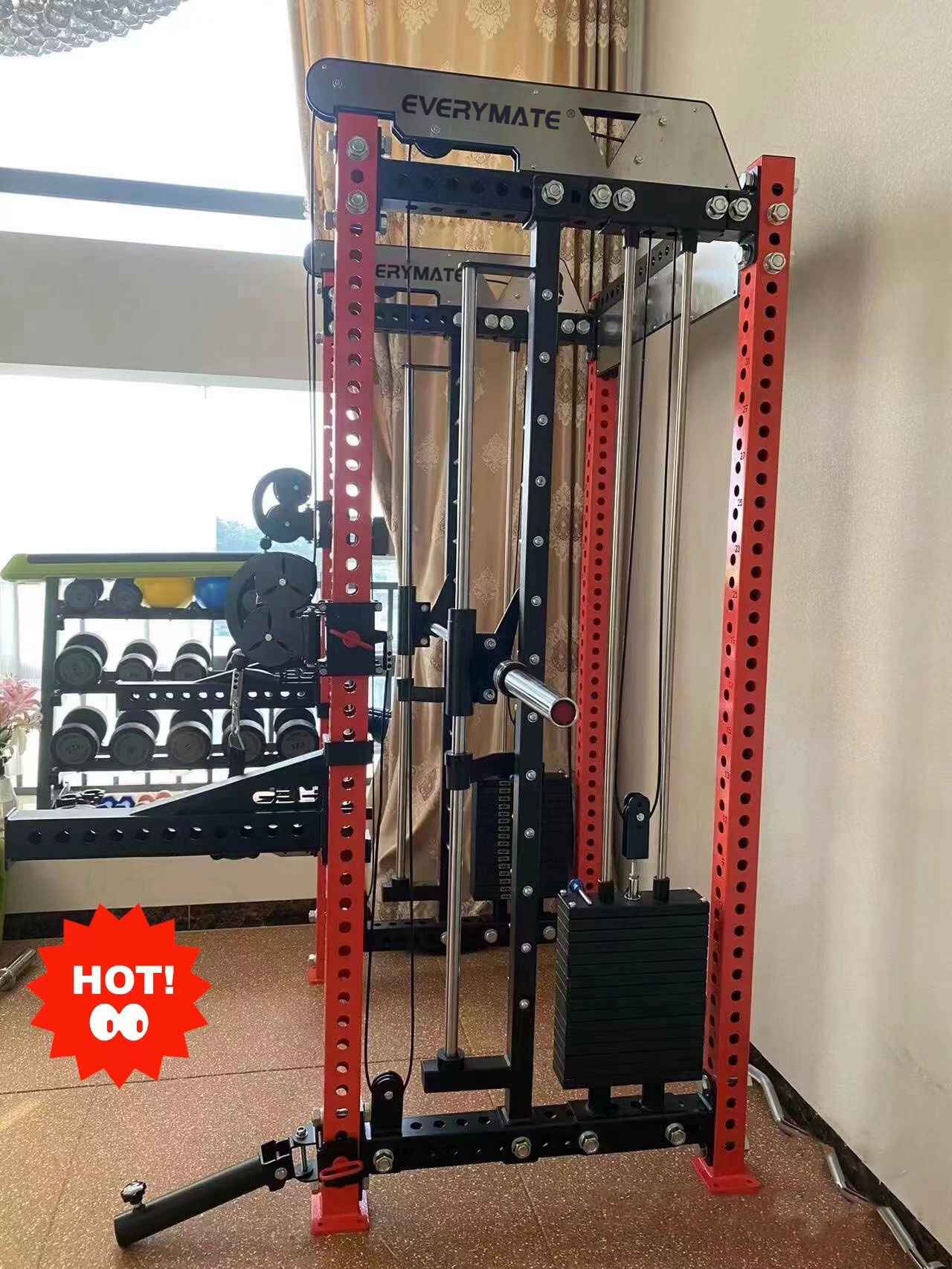Features and Functions of Multi Function Machine
2024-06-21
A multi-function machine refers to a versatile piece of equipment that combines several functions into a single unit, typically used in various industrial, commercial, or even personal settings. These machines are designed to perform multiple tasks efficiently, often replacing the need for separate machines dedicated to each function. Here’s an overview of what multi-function machines entail, their features, and common applications:
Features and Functions:
1. Versatility:
- Integrates multiple functions such as cutting, drilling, milling, turning, grinding, and sometimes additive manufacturing (3D printing).
- Can handle a wide range of materials including metals, plastics, wood, and composites.
2. Precision and Accuracy:
- Equipped with advanced control systems (CNC or computer numerical control) for precise operation and repeatability.
- Offers high accuracy in machining operations, critical for manufacturing and prototyping.
3. Compact Design:
- Consolidates multiple machines into one, saving floor space in workshops or production facilities.
- Often modular in design, allowing customization and adaptation to specific tasks.
4. Ease of Use:
- User-friendly interfaces with touchscreen controls or digital displays for setting parameters and monitoring operations.
- May include automated tool changers and workpiece handling systems for increased efficiency.
5. Integration with CAD/CAM Software:
- Compatible with Computer-Aided Design (CAD) and Computer-Aided Manufacturing (CAM) software for seamless workflow integration.
- Enables programming of complex geometries and automated toolpath generation.
6. Safety Features:
- Incorporates safety guards, emergency stop buttons, and sensors to protect operators and prevent accidents.
- Compliance with international safety standards ensures safe operation.
7. Maintenance and Serviceability:
- Designed for ease of maintenance with access panels, diagnostic tools, and preventive maintenance schedules.
- Service and support from manufacturers or authorized dealers ensure uptime and reliability.
Applications:
1. Prototyping and Manufacturing:
- Used in rapid prototyping, small batch production, and customization of parts across various industries including automotive, aerospace, and electronics.
- Enables efficient production of complex components with reduced lead times.
2. Job Shops and Small Businesses:
- Ideal for job shops and small manufacturing enterprises needing flexibility to handle diverse customer orders.
- Offers cost-effective machining solutions compared to investing in multiple specialized machines.
3. Education and Training:
- Used in technical schools, vocational training centers, and universities for teaching CNC machining and advanced manufacturing techniques.
- Prepares students for careers in engineering and manufacturing industries.
4. Repair and Maintenance:
- Supports repair workshops and maintenance facilities by performing machining tasks such as refurbishing parts, tooling modifications, and equipment repairs.
- Reduces downtime by facilitating in-house repairs and component replacements.
5. Artistic and Creative Applications:
- Utilized by artists, designers, and craftsmen for creating sculptures, artworks, and custom-designed products.
- Integrates traditional craftsmanship with modern machining capabilities.
Considerations for Selection:
1. Capacity and Size:
- Consider the machine’s size, work envelope (X, Y, Z axes), and maximum load capacity to accommodate intended applications.
2. Tooling and Accessories:
- Evaluate compatibility with standard tooling systems (e.g., BT, CAT, HSK) and availability of specialized tooling for specific tasks.
3. Material Compatibility:
- Ensure the machine can handle the materials (metals, plastics, composites) required for your applications.
4. Software Integration:
- Check compatibility with CAD/CAM software and availability of post-processing software for generating toolpaths.
5. Support and Training:
- Consider the manufacturer’s support network, availability of technical assistance, and training options for operators.
A multi-function machine represents a significant investment in enhancing production capabilities, efficiency, and versatility in machining operations. By consolidating multiple functions into one unit, these machines contribute to streamlined workflows, reduced setup times, and increased productivity across various industries.



